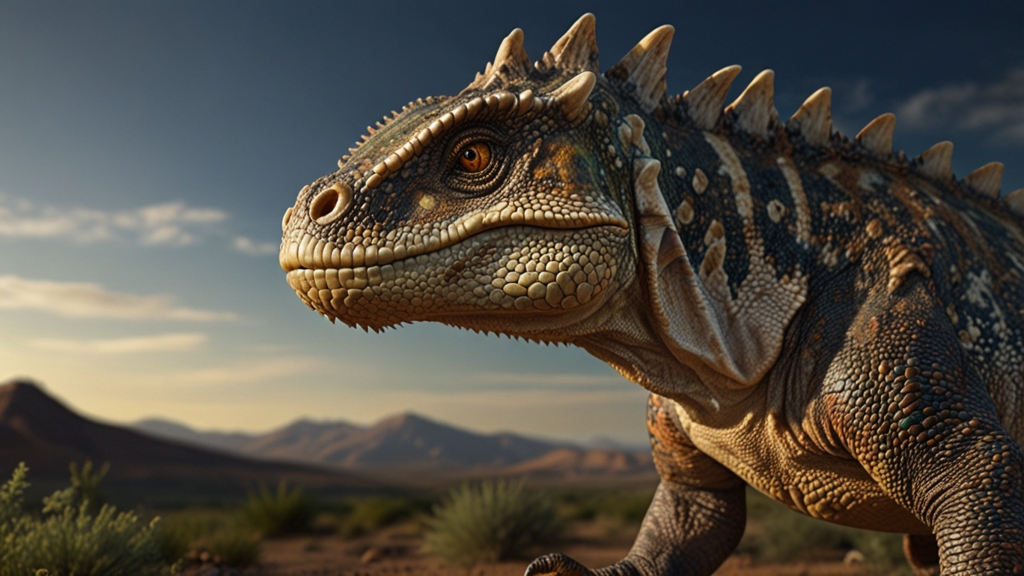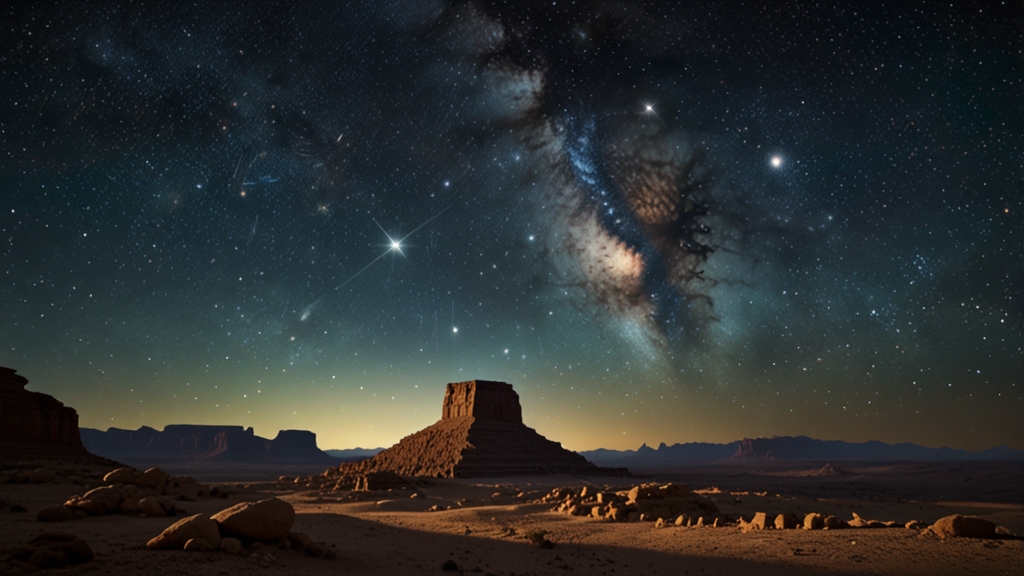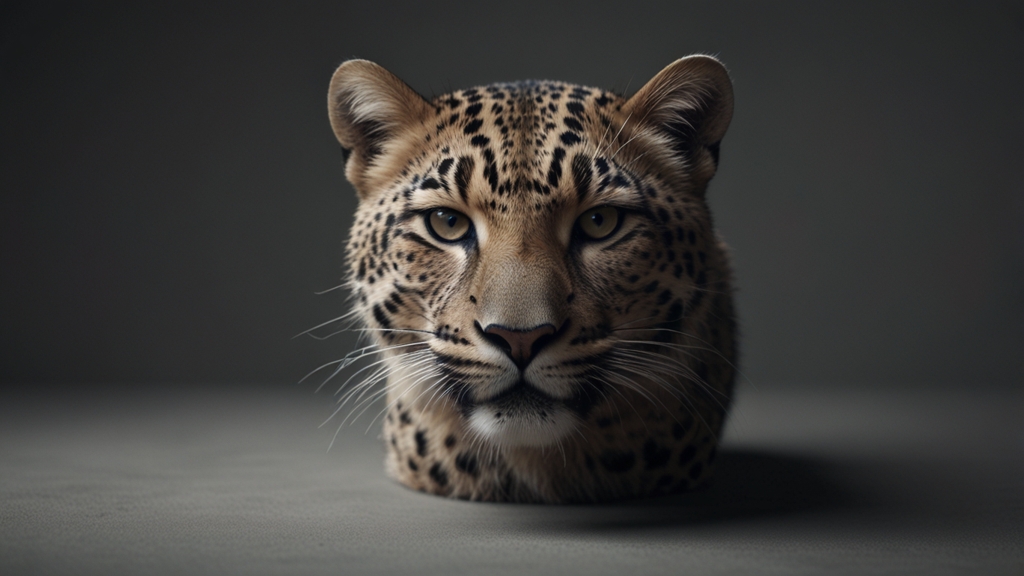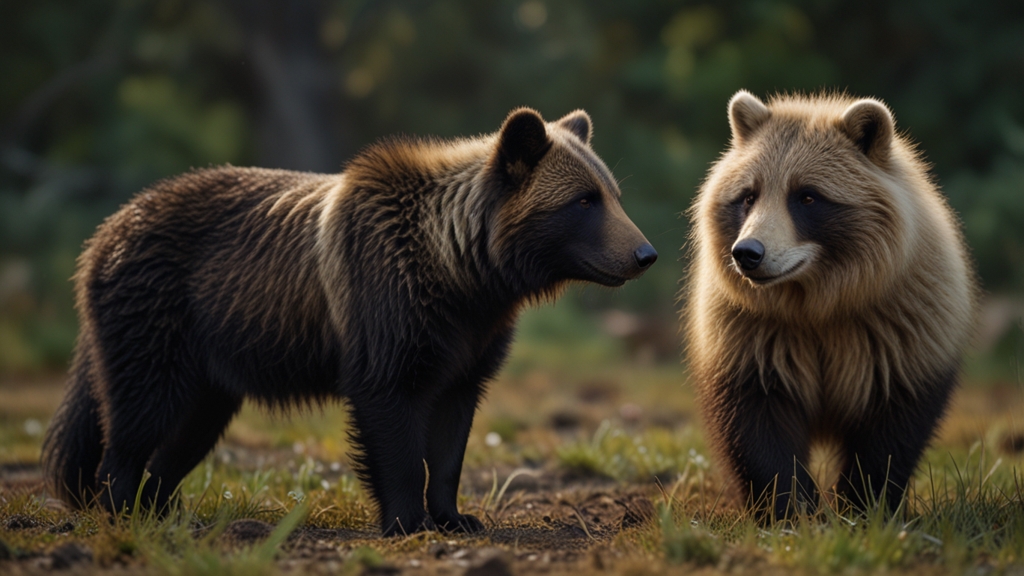From Dinosaurs to Dragons: The Evolutionary Journey of Reptiles
The story of reptiles is a tale as old as time itself, stretching back to the days when the Earth was young and life was only beginning to take its first breath. From the mighty dinosaurs that once roamed the prehistoric world to the mythical dragons that have captured human imagination, reptiles have undergone incredible evolutionary transformations. This article delves into the fascinating journey of reptiles and explores how these creatures have evolved over millions of years.
The Age of Dinosaurs
Reptiles first appeared during the Carboniferous period, around 320 million years ago. However, it was during the Mesozoic era, often referred to as the "Age of Dinosaurs," that they reached their zenith. Dinosaurs dominated the Earth for over 160 million years, ranging in size from the small, feathered Compsognathus to the massive, long-necked Brachiosaurus.
The fossil record provides evidence of incredible diversity among dinosaurs, with species adapting to various environments and ecological niches.
Dinosaurs evolved into two major groups: the Saurischia ("lizard-hipped") and the Ornithischia ("bird-hipped"). The former group includes the iconic Tyrannosaurus rex, while the latter features the armored Stegosaurus. Despite their initial anatomical differences, some fascinating convergences occurred over time, such as the evolution of feathers in certain theropods.
The Great Extinction
Approximately 66 million years ago, a cataclysmic event wiped out the dinosaurs, bringing the Mesozoic era to a close. This mass extinction event, likely triggered by an asteroid impact, caused a myriad of environmental changes, including drastic shifts in climate. The extinction of the dinosaurs paved the way for mammals and birds to rise, but it also set the stage for a new chapter in the evolutionary journey of reptiles.
Survivors and Successors
Not all reptiles perished in the great extinction. Among the survivors were the ancestors of modern reptiles, such as turtles, crocodiles, and lizards. These resilient creatures adapted to the changing world, evolving to thrive in new environments. For example, crocodiles developed powerful jaws and armored bodies, making them formidable predators in freshwater habitats.
Another interesting evolutionary path is that of snakes, which descended from lizards. Snakes lost their limbs over millions of years, adapting to a burrowing lifestyle and later diversifying into various ecological roles, from constricting boas to venomous vipers.
The Advent of Mythical Dragons
While dragons are creatures of myth rather than reality, they are often inspired by real reptilian features and behaviors. Dragons appear in the folklore of various cultures around the globe, from the fire-breathing behemoths of European legends to the wise and benevolent dragons of Chinese mythology.
Mythical dragons serve as a testament to the human fascination with reptiles, symbolizing both their perceived danger and awe-inspiring majesty.
In many ways, dragons embody characteristics seen in real reptiles, such as the formidable strength of crocodiles, the serpentine agility of snakes, and the winged majesty akin to the pterosaurs of the prehistoric skies. These mythical creatures help bridge the gap between biological reality and the realms of human imagination.
Modern Reptiles
Today, reptiles continue to captivate scientists and enthusiasts alike. Modern reptiles encompass a wide array of species, from the diminutive gecko to the giant anaconda. Advances in genetic research have even rekindled interest in the evolutionary link between birds and their dinosaur ancestors, offering new insights into the ancient past.
Conservation efforts are crucial in preserving the diversity of modern reptiles, many of which face threats from habitat destruction and climate change. Understanding their evolutionary history not only provides valuable scientific knowledge but also underscores the importance of protecting these ancient, resilient creatures.
Conclusion
The evolutionary journey of reptiles is a saga of survival, adaptation, and transformation. From the colossal dinosaurs of prehistoric times to the mythical dragons of human imagination, reptiles have left an indelible mark on both the natural world and our cultural consciousness. As we continue to study and protect these fascinating creatures, we honor their remarkable history and ensure that their legacy endures for generations to come.
The tale of reptiles is not just a story of the past; it is an ongoing narrative that reflects the ever-changing tapestry of life on Earth.













